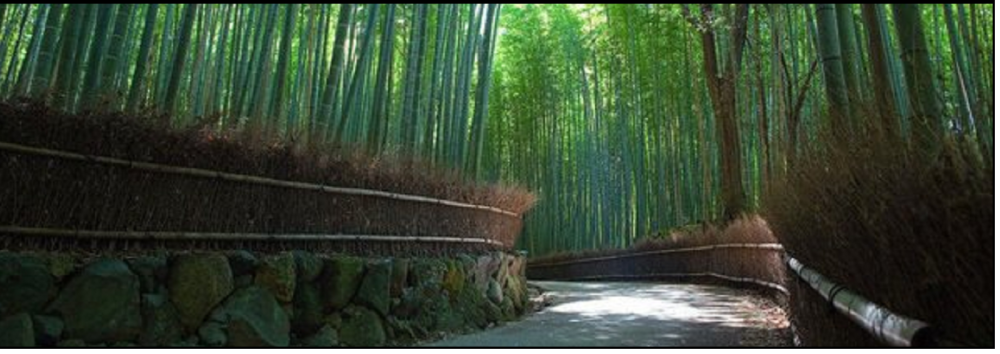

Nestled in the verdant hills of Arunachal Pradesh, the picturesque town of Ziro has been a part of the tourism landscape for years, yet it retains an air of being pleasantly untouched and serene. The history of tourism in Ziro is closely linked with the rich cultural heritage and the stunning natural beauty of the area, which have drawn visitors seeking tranquility and a connection with nature.
Although Ziro has been known to the indigenous tribes for centuries, its introduction to the wider world began in the early 20th century when British administrators and Christian missionaries came to the region. However, it wasn't until the 1980s and 1990s that Ziro started to gain popularity as a tourist destination, as adventurers and explorers began to seek out its remote beauty.
The Apatani tribe, native to the Ziro Valley, has been one of the foremost reasons for the growing interest in the area. Their unique culture, sustainable agricultural practices, and intriguing traditional festivals like the Dree and the Myoko have captivated the hearts of many travelers. As more tourists began to visit, there was an increased recognition of the need to preserve this cultural tapestry, intertwined with responsible tourism practices.
With the turn of the century, there was a rising awareness of the need to conserve Ziro's pristine ecosystems. The declaration of Ziro Valley as a World Heritage Site by UNESCO has been a pivotal point for tourism in the region. This recognition not only helped in preserving the cultural and natural integrity of the place but also in promoting sustainable tourism practices that benefit local communities and the environment alike.
In recent years, Ziro has witnessed a shift towards experiential and eco-friendly tourism. Tourists are now looking for authentic experiences that allow them to immerse themselves in the local culture and way of life. Homestays and community-run guest houses have become incredibly popular, providing visitors with a more intimate and sustainable way of exploring Ziro.
Another trend on the rise is the Ziro Music Festival, which draws music enthusiasts from across the globe to experience live performances in the midst of this stunning landscape. This festival not only celebrates the fusion of indigenous and modern music but also promotes Ziro as a global cultural venue.
From its obscure beginnings to its current status as a must-visit destination for discerning travelers, Ziro's tourism history is a testament to the allure of its unspoiled beauty and its people's warm hospitality. As the world continues to discover this mesmerizing spot in India's northeast, Ziro stands as a beacon of sustainable and community-focused tourism.